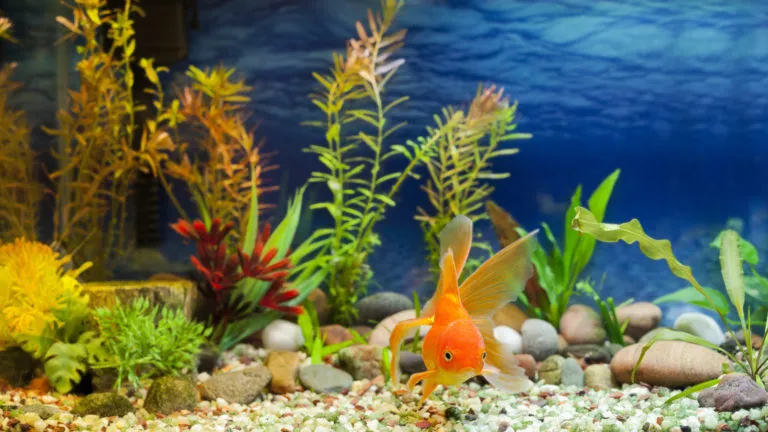Indoor cats: What you should focus on
It isn't always possible to let cats outside – for example, because your living situation doesn't allow it. You should focus on a few points so that your indoor cat feels happy with you.
White spot disease is caused by a unicellular parasite called Ichthyophthirius multifiliis which is often known fearfully as ‘ich.’ The parasite bores right into the mucous membrane of the fish and implants itself there. An infestation can be seen clearly from the outside due to the slightly elevated, white spots. If the disease is in its more advance stages, the small dots can unite to form gray spots. The skin of the fish forms more mucous and begins to loosen. If affected fish are not treated, the disease is fatal. It is important to spot the symptoms early on, so you can act accordingly.

© EuToch / stock.adobe.com
Symptoms
Treatment
Treatments should last for 14-20 days because the parasites only cause problems in a specific stage of their lives. They can be caught at the swarmer stage with medication.
This fungal disease is commonly known as ‘cotton wool disease’ and is caused by the types of fungus Saprolegnia and Achyla. Usually, only fish that have a weakened immune system due to other factors get this illness. Injury, fights among fish, low water temperature and a badly maintained aquarium can all put a strain on a fish’s immune system and cause it to be affected by fungus. The fungus is a low-level pathogen. In weakened or injured fish, the pH of the mucous membrane is changed just enough to create ideal conditions for the fungus. Skin, eyes, fins and gills can all be affected.
As with every disease, it is vital to spot the symptoms early on.
Symptoms
Treatment
As the saying goes, prevention is better than cure. Good quality water and fish care are the key to healthy fish and a beautiful aquarium.
It isn't always possible to let cats outside – for example, because your living situation doesn't allow it. You should focus on a few points so that your indoor cat feels happy with you.